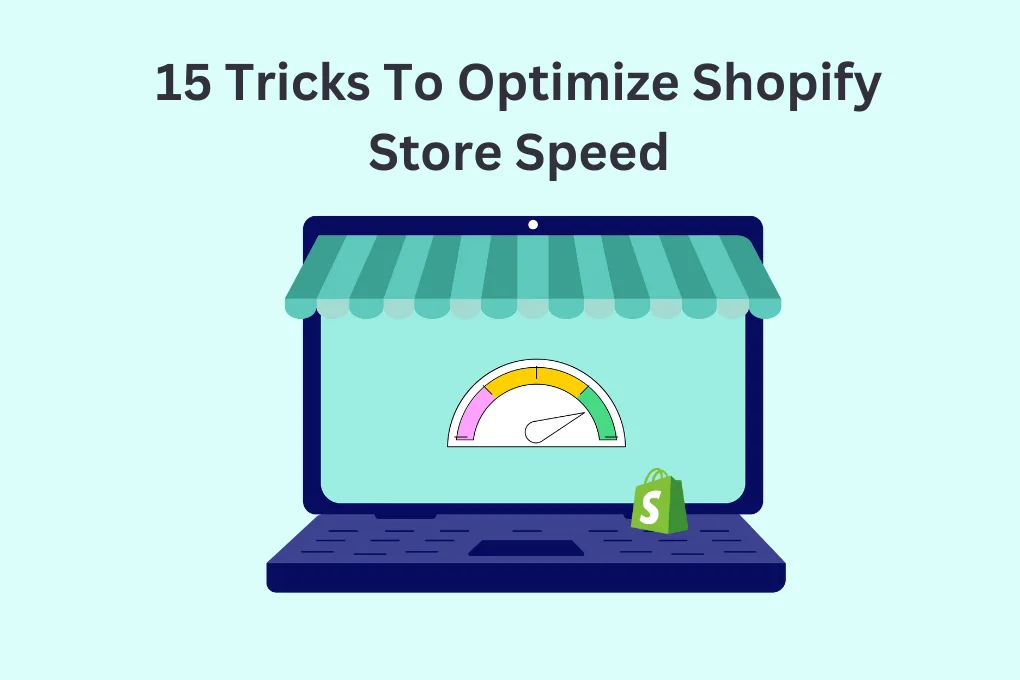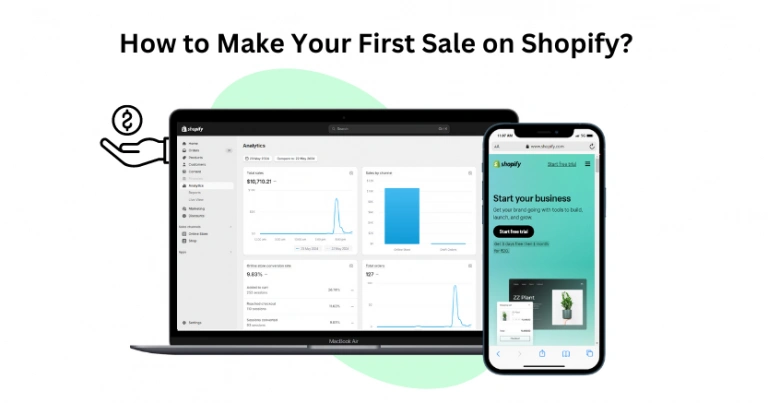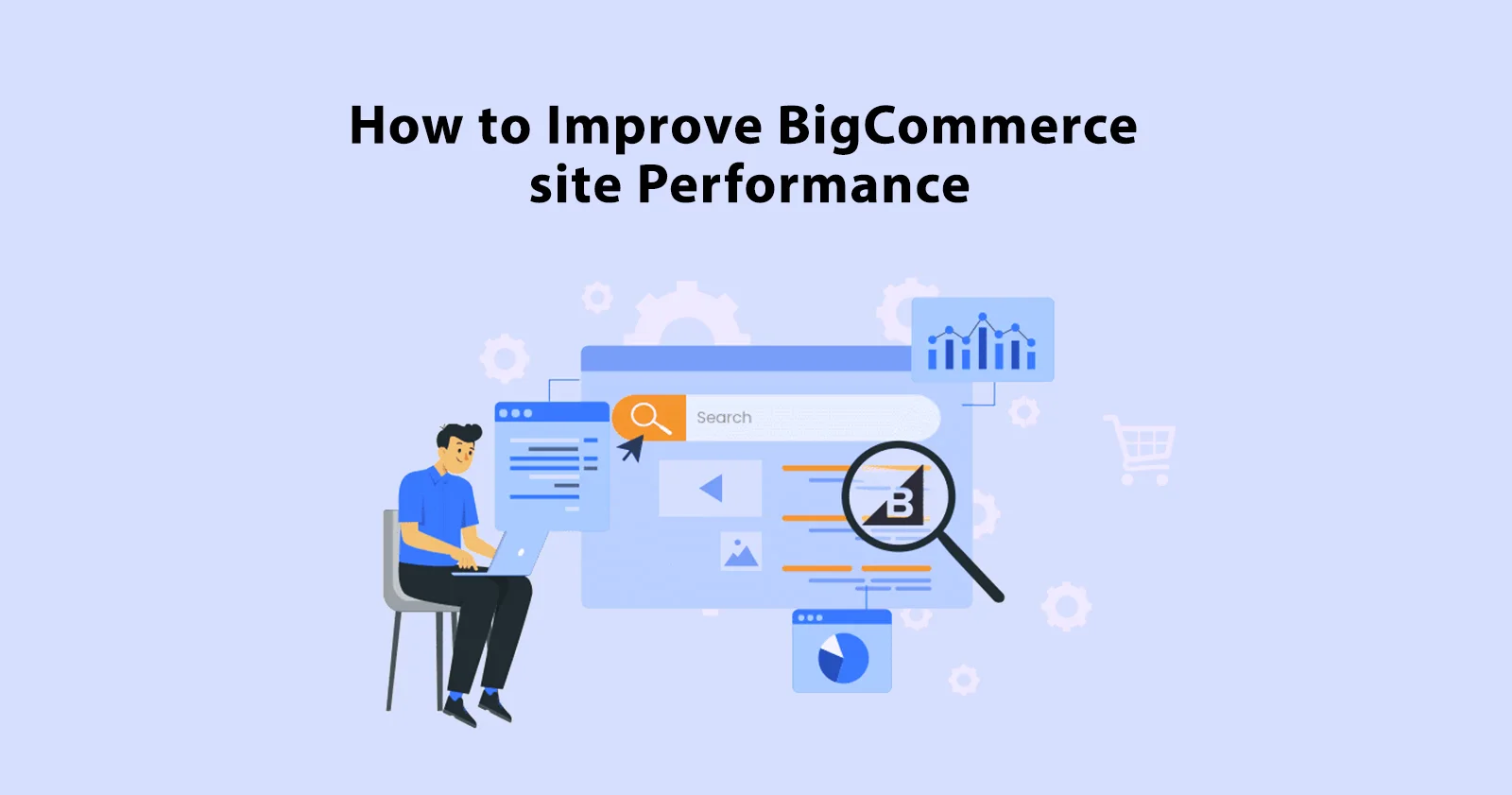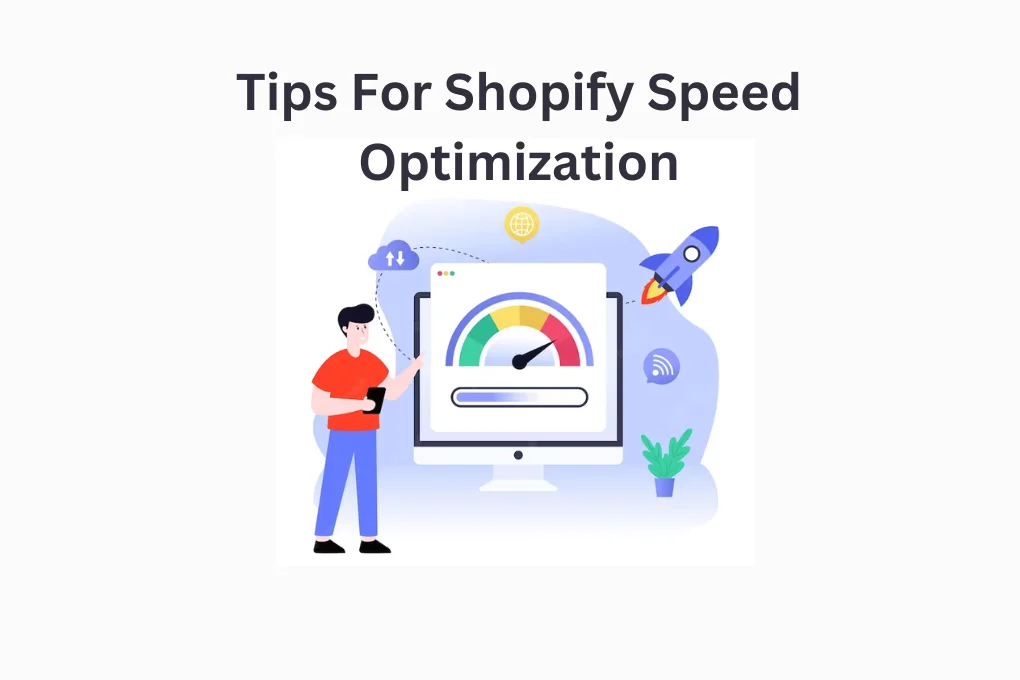Introduction
Speeding up the eCommerce store for high ranking is an effective solution that fixes major issues of your brand. Nowadays, most businesses run digitally, as the internet is at its peak. People don’t want to get out of their comfort zones and like purchasing things online from their homes. Thus, this thing makes it crucial for your website to have a fast loading speed so user can easily visit your site on their preferred device.
Shopify is a leading platform that supports millions of online stores. It clearly shows the high visitor traffic on the websites. Therefore, To get the reliable and best sales this New Year you have to speed up the Shopify store. Consequently, in this blog, we will explore the tricks to optimize your website speed for better performance.
Techniques To Fix Shopify Speed-Related Issues
Speed Up, Stand Out, and Sell More – Fast!
Speed Up Shopify Store NowHere, we will discuss all the strategies that will help you improve your website loading speed.
Theme Choice:
Choosing the fast-loading theme is the first step in your store design. Shopify offers numerous themes and templates to their user; some are free, and many are paid, so you can choose the one that fits your needs
But you have to be careful that the loading speed doesn’t get affected by the theme; therefore, pick the lightweight theme. Shopify offers more than 200 templates, the most preferable ours: Create Theme, Toy Theme, Light Theme, Outdoors Theme, and many others.
Compress Images:
To speed up the Shopify website, it’s crucial to compress the size of your store images. Pictures add some excitement and visual appeal to your website, but using too many will impact your store’s loading speed. To fix this, first, you have to compress the size of all the images on your website.
You can use free tools like TinyPNG. Afterward, reduce the large-size images to small size. Too many images on your website make the webpage heavy, and the site immediately takes too long to load. A well-compressed and optimized image contributes to making the site page much smaller.
Remove Unrequired Features:
Speed up your Shopify store by turning off unnecessary features in your theme settings. This reduces resource usage and makes your store load faster for customers.
Check customizable features and disable the ones you don’t need. Some are fixed, but most themes allow you to turn off optional features for a quicker online experience.
Don’t Use Too Many Shopify Apps:
Limit Shopify apps for faster stores. Each app adds features, but too many slow your store down. Uninstall unnecessary apps; they use resources, affecting speed. Optimize performance by using only essential apps. Speed up your Shopify store by keeping it lean. Uninstall apps your store doesn’t need or are ineffective for you.
Use The Right Font:
To make your Shopify site faster, pick the right font. Use system fonts like Times New Roman or Helvetica, already on most devices. This avoids extra downloads and speeds up your store. System fonts fall into mono, serif, or sans-serif categories. Shopify suggests specific fonts, but using uncommon ones may slow loading times.
Make The Design Simple:
Simplify your Shopify homepage for better performance. A cluttered page slows loading and risks losing customers. Evaluate each element, focusing on easy navigation, appealing images, valuable content, clear calls to action, and credibility through social proof. Remove unnecessary sections, use preview links and relocate widgets to enhance user experience and speed.
Cut Down On Redirects And Fix Broken Links:
To speed up your website, cut down on redirects and fix broken links. Too many redirects slow down data transfer. Remove unnecessary redirects and avoid redirect loops. Broken links also slow page speed; use site audit tools to find and fix them. Create custom 404 pages for visitors with incorrect URLs.
Boost Speed On Mobile Device:
Improve your website for mobile users by adding AMPs to your Shopify store. AMP, or Accelerated Mobile Pages, is a framework for faster-loading web pages on mobile devices.
Easily optimize Shopify store for mobile accessibility with AMP integration. Explore Shopify apps to create AMP pages and enhance the mobile user experience.
Use A High-Quality Hero Image:
Replace sliders with a single, high-quality hero image on your homepage. Sliders may slow down your site, discouraging visitors. Only 1% click on sliders; they annoy users, and mobile performance suffers.
Sliders also harm SEO. Optimize your Shopify page speed by using one striking image and a clear call-to-action for better results.
Utilize Lazy Loading Images:
Lazy loading images prevents frustratingly slow web page loading times. When pictures take ages to load, customers get annoyed and may leave without exploring your store.
But with lazy loading, images load only as they are needed, speeding up Shopify sites and keeping visitors happy. It focuses on what’s immediately visible, making pages load faster.
Add Content Delivery Network:
Shopify’s speed improves with a Content Delivery Network (CDN). CDN uses servers globally, making content delivery faster for users nearby. Shopify uses Fastly’s CDN, avoiding extra charges and making your store load instantly.
Stores load quickly in the US, UK, southern Africa, Australia, South America, and Asia. Ensure images link with asset_url for automatic updates and update CSS syntax for the asset_url filter.
Utilize Google Tag Manager:
Optimize your Shopify store’s speed with Google Tag Manager. The Google Tag Manager app simplifies tag management in one place. Instead of juggling multiple tracking codes, it condenses them into a single JavaScript request, enhancing site performance.
Quickly remove malfunctioning tags to prevent downtime. Easily add this with one code snippet or use the free Shopify Google Tag Manager app, which handles up to 70 tags. Explore the Shopify Plus Help Center for guidance.
Use Above The Fold Content:
Speed up your Shopify website for better results. Fast-loading above-the-fold content keeps shoppers engaged. Quick loading is crucial; delays make users leave. Faster sites also boost SEO rankings. Follow these tips:
- Lazy load content below the fold.
- Use Shopify’s fonts.
- Place videos below the fold.
- Swap GIFs for static images.
- Compress image sizes.
- Minimize animations on the page and headers.
Minimize The Use Of Pop-Ups:
Use pop-ups wisely. While they’re praised for boosting leads on Shopify, shoppers often find them irritating. Excessive pop-ups can slow down your page if you are loading images or elements like countdown timers. Keep some, but consider a teaser pop-up to maintain Shopify site speed.

Want to read this blog offline?
No worries, download the PDF version
now and enjoy your reading later…
 Download PDF
Download PDF Watch Out For Too Many Liquid Loops:
Watch out for too many Liquid Loops in Shopify. Loops act like crawlers, looping through products for information. It is good for small stores but slow for big collections. Speed up with these Shopify tips:
- Avoid duplicates: Remove repeating liquid for-loops for faster pages.
- Limit loops: Choose fewer loops and skip unnecessary ones.
- Use pagination: Break large content into smaller parts.
- Check resources: Shopify docs help optimize Liquid code. Try a pop-up teaser for a faster Shopify site.
Thus, these are the top techniques to speed up the Shopify store for better performance.
Conclusion
Therefore, in this blog, we have explained the importance of a fast-loading site for business effectiveness. Additionally, we explained the top strategies to boost your website speed. By knowing your store’s problem, you can choose the tip that is needed for your website.
Also, you can use a website performance optimization tool, Website Speedy. It is a SaaS-based excellent speed optimization application that fixes all the issues and enhances speed up to 5X.
December 11, 2023
Leave a Comment
















































